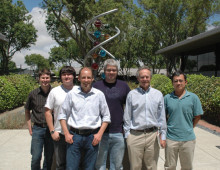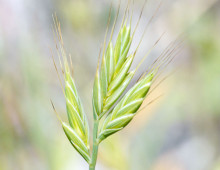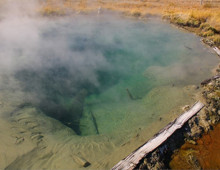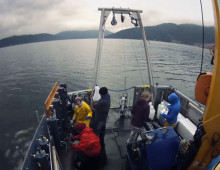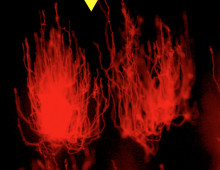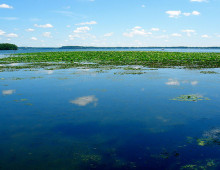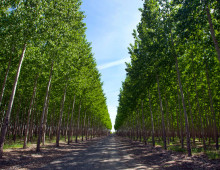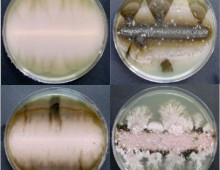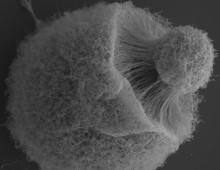Training the Next Generation of Talent
New Graduate Internship Program Builds Bridges Between DOE JGI, UC Merced Days after presenting the results of his summer research at the U.S. Department of Energy Joint Genome Institute (DOE JGI), a DOE Office of Science user facility, Keedrian Olmstead was back on campus at the University of California, Merced to start orientation as a… [Read More]
